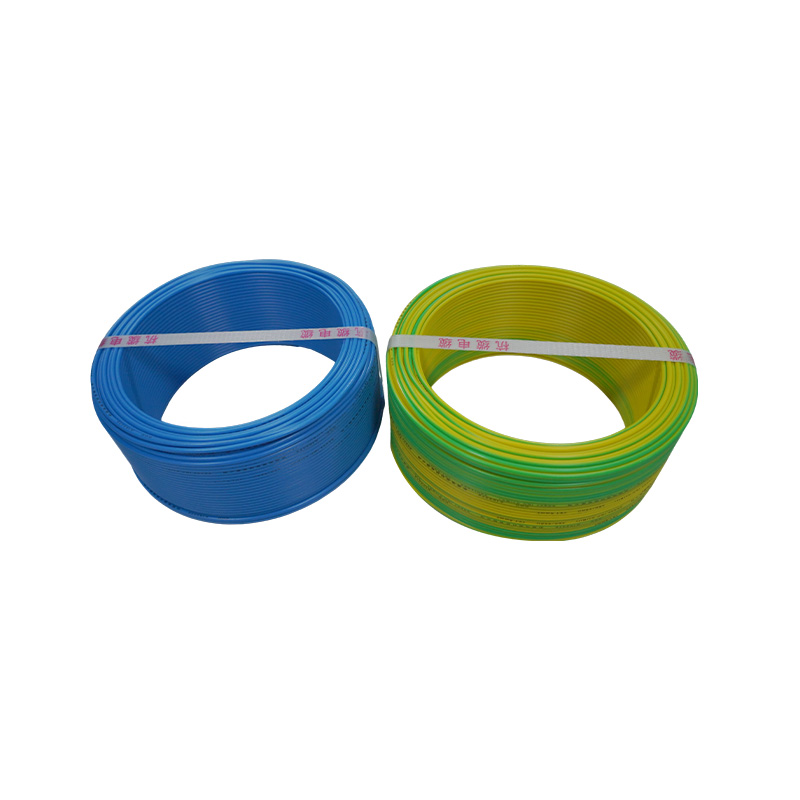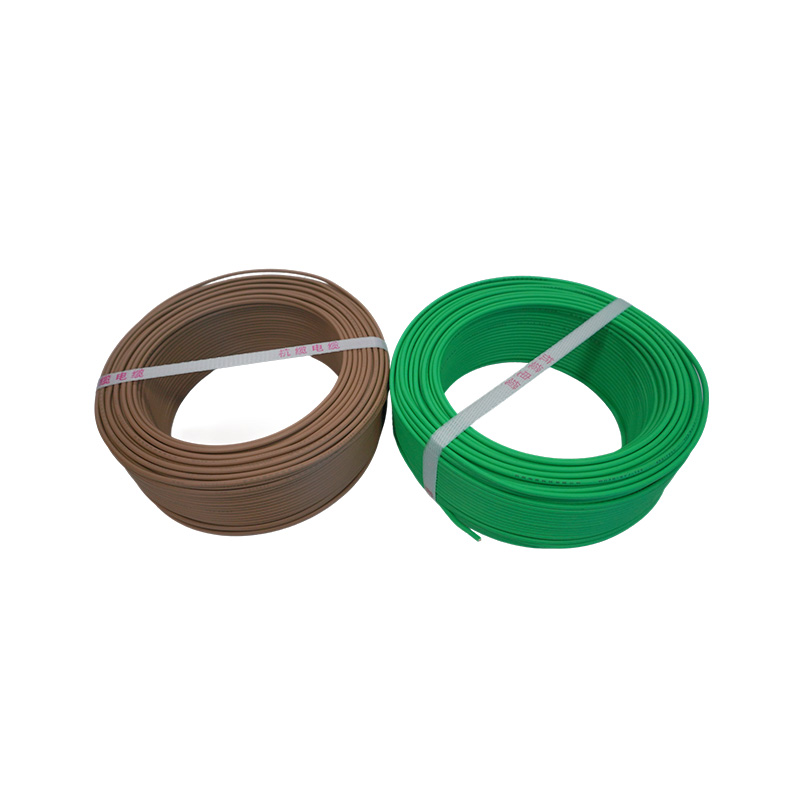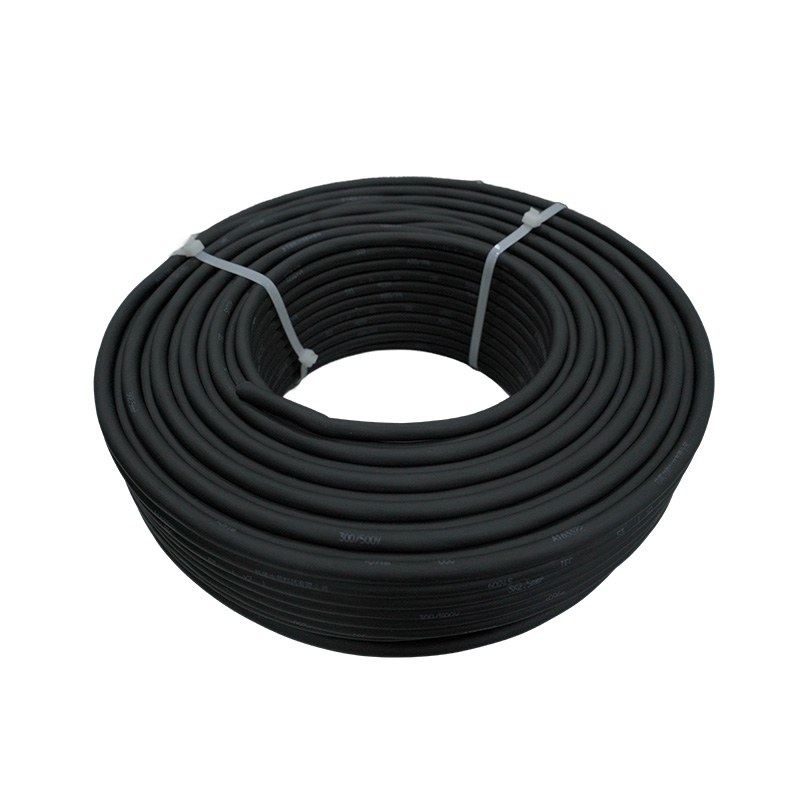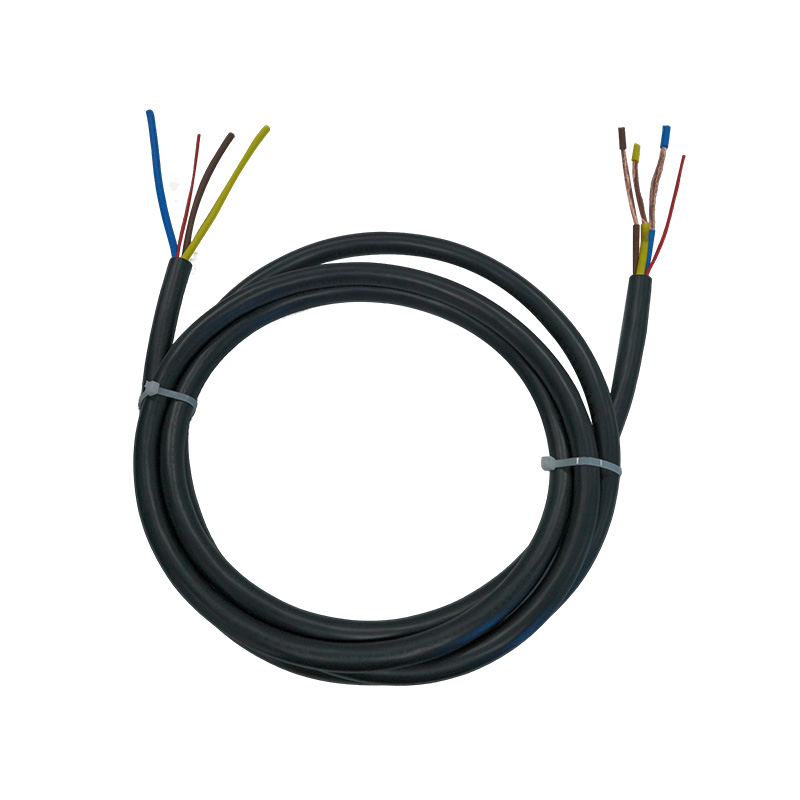How do the flame-retardant properties of general-purpose rubber-sheathed flexible cables provide additional safety in the event of a fire?
Release Time : 2025-08-07
In modern homes, industrial equipment, and mobile electrical systems, cables serve as crucial carriers of electrical energy and signals, and their safety is directly linked to the safety of people and property. In emergency situations, particularly in fires, the burning behavior of the cables themselves can exacerbate the spread of fire, release toxic fumes, and cause secondary damage. Because general-purpose rubber-sheathed flexible cables are widely used in household appliances, power tools, and mobile electrical equipment, their flame-retardant properties are a key indicator of their safety rating. By utilizing advanced material technology and structural design, these cables can effectively suppress combustion, slow the spread of fire, and reduce the release of harmful gases in the event of a fire, thereby buying valuable time for evacuation and firefighting efforts.
1. The Natural Flame-Retardant Advantage of EPDM Materials
General-purpose rubber-sheathed flexible cables typically use ethylene propylene diene monomer (EPDM) as their insulation and sheathing material. EPDM possesses excellent heat resistance and chemical stability. Its high saturation content in its molecular structure makes it resistant to decomposition at high temperatures and burns slowly. Compared to traditional polyvinyl chloride (PVC) materials, EPDM does not release large amounts of toxic and corrosive gases like hydrogen chloride during combustion, significantly reducing secondary hazards associated with fires. Furthermore, when heated, EPDM forms a dense carbonized layer, which effectively isolates oxygen and heat, further inhibiting the spread of flames into the cable.
2. Adding Flame Retardants to Enhance Fire Resistance
To further enhance flame resistance, manufacturers typically add halogen-free flame retardants, such as aluminum hydroxide (ATH) or magnesium hydroxide (MDH), to EPDM. These flame retardants decompose at high temperatures and absorb significant heat, thereby lowering the cable's surface temperature and slowing the combustion process. Furthermore, they release water vapor during decomposition, diluting the concentration of combustible gases and suppressing the spread of flames. More importantly, these halogen-free flame retardants do not produce halogen gases during combustion, eliminating long-term environmental and human health hazards. This meets the dual environmental and safety requirements of modern buildings and electrical products.
3. Low-smoke, Halogen-Free Design Reduces Smoke Hazards
Dense smoke is often a major cause of casualties in fires. General-purpose rubber-sheathed flexible cable was designed with this in mind, utilizing low-smoke zero-halogen (LSZH) technology. When exposed to a fire, the sheath material produces significantly less smoke than traditional PVC cables, maintaining visibility and helping personnel quickly identify escape routes. Furthermore, since it contains no halogens, the combustion products contain virtually no corrosive gases, minimizing damage to electronic equipment, building structures, and the respiratory system. This makes it particularly suitable for use in safety-critical environments, such as confined spaces, underground facilities, and public transportation.
4. Structural Design Enhances Overall Fire Resistance
In addition to the material itself, the cable's structural design also plays a key role in its flame-retardant properties. General-purpose rubber-sheathed flexible cable typically utilizes multiple strands of fine copper wire, which not only enhances flexibility but also strengthens the conductor's stability at high temperatures. The sheath thickness is precisely calculated to ensure it maintains its integrity under flames for a sufficient period of time, preventing flames from directly contacting the internal conductor. Some high-end products also feature flame-retardant or fire-resistant mica tape. Even if the outer sheath burns, the inner insulation layer remains functional for a short period of time, preventing secondary fires caused by short circuits or arcing.
In summary, general-purpose rubber-sheathed flexible cable utilizes EPDM material, adds halogen-free flame retardants, implements a low-smoke, halogen-free design, optimizes structural layout, and passes authoritative standard certification, creating a multi-layered fire safety system. It not only provides stable and reliable power transmission during normal operation but also provides passive fire protection in the event of a fire, slowing the spread of fire and reducing the release of toxic smoke, providing a solid barrier to protect life and property.







